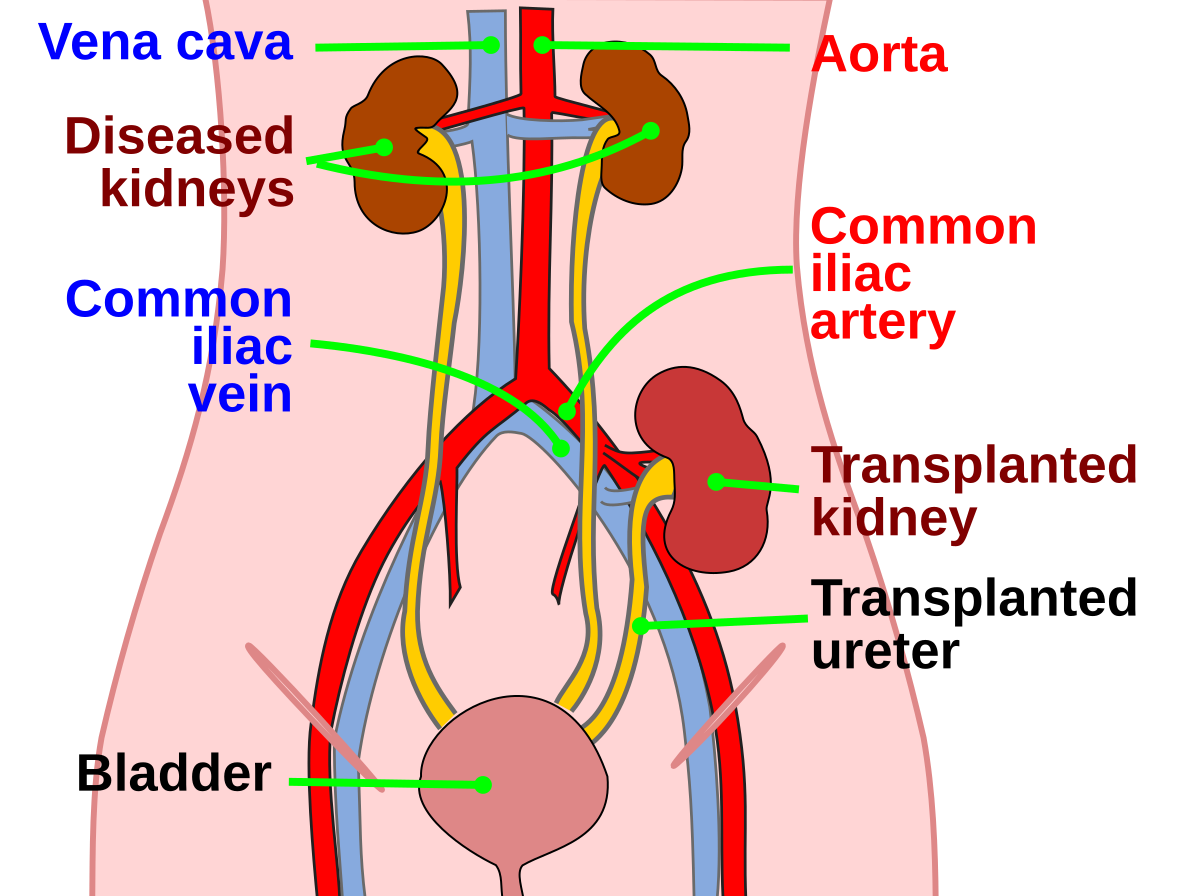Kidney transplant in the next decade: 5 objectives and vision for the future in 2024
Although the results of kidney transplantation (KT) have improved slowly in recent years, a chronic and inexorable loss of grafts mainly due to the death of the patient and chronic dysfunction of the KT, continues to be observed.

The objectives, thus, to optimise this situation in the next decade, should be focused on:
1. Strategies to avoid chronic dysfunction and graft loss – in the medium and long term (minimising the rate of kidney graft loss)
Systematic implementation of protocol biopsies of the graft, the search for new serological and molecular biomarkers of CGD the identification of senescence markers, the diagnosis of recurrence of primary renal disease and the early detection of BK virus infection, as well as the application of prognostic indices, could facilitate clinical decision-making and the development of therapeutic strategies in order to improve the results of KT in terms of survival.
2. Prolonging patient survival
Prolonging patient survival is another of the great challenges for KT in the coming years, by minimising the complications inherent to KT (cardiovascular, infectious, neoplastic and metabolic); implementing consensus documents and clinical guidelines that help in this task; optimising the multiple predictive survival models that have been generated in this population at-risk, especially in frail patients; selecting and prioritising patients at risk on the waiting list (WL); and applying new technologies to facilitate the clinical management of these patients.
3. Increasing the donation, maintenance and allocation of organs
Finally, tolerance induction strategies, the development of nanomedicine, the generation of bioartificial organs through gene editing and cloning to optimise xenotransplantation, cell therapy using regulatory macrophages or the use of stem cells to obtain functioning organs, are some of the exciting future strategies to increase the organ pool and reduce the WL of our patients.
4. Promoting clinical and basic research and training – in health professionals in KT
Promoting training in transplantation is another of the great challenges for the next decade in the field of KT through training courses, workshops in methodology and statistics, spaces for the training of healthcare personnel in scientific meetings and congresses, training grants or stays in centers of excellence, but obviously to achieve this objective the support of the pharmaceutical industry, scientific societies and the hospital administration is needed.
5. Analysing of the results in KT by optimising and merging scientific registries – providing better and more reliable clinical information.
Many international and national KT registries provide very useful information on essentially epidemiological aspects such as the number of patients in WL, donor characteristics or the volume of KT performed, but not all provide detailed information on the results of KT in terms of survival or on the performance of KT programmes. With this purpose, scientific and epidemiological registries have the obligation to provide information on the trajectory of KT programs and survival data, thus avoiding controversies derived from specific publications of some programmes.

Summary
We have described 5 objectives and a vision for kidney transplantation in the next decade in 2024. We hope it has been helpful.
Other resource
This article is derived from this paper: Hernandez, 2023
Last Reviewed on 24 May 2024
